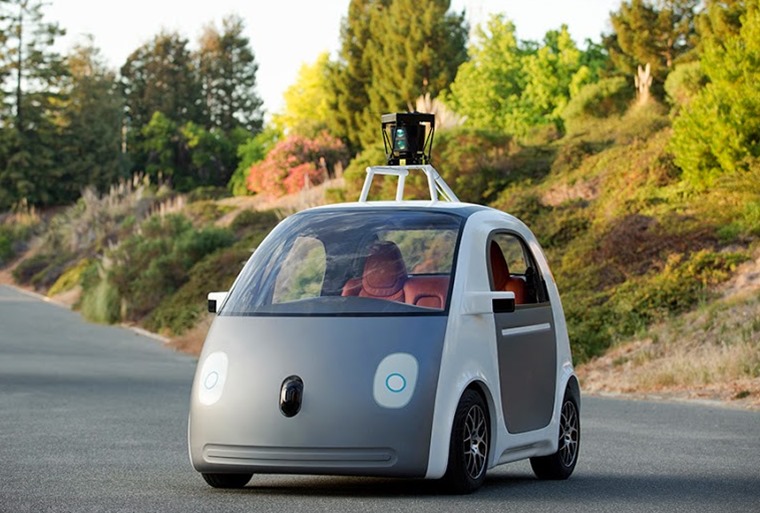What will the cars of 2050 really be like?
The car industry is in something of a state of flux at the moment, with almost every aspect of the experience of using a motor vehicle up for re-examination.
Climate change, energy security, changes in demographics, wealth distribution and population, and the influence of new technologies – all of these are having effects on the car industry that we will look back on, in a few decades’ time, as seismic and utterly transformative.
The cars of 2050 will be radically different to the cars of today – and don't take that as some flimsy science-fiction promise that will fail to materialise, like the jet-packs we were promised in the 1960s.
With so many changes on the horizon, carmakers are already investing billions in research and development to find potential solutions to the questions that will be asked of them in the coming decades.
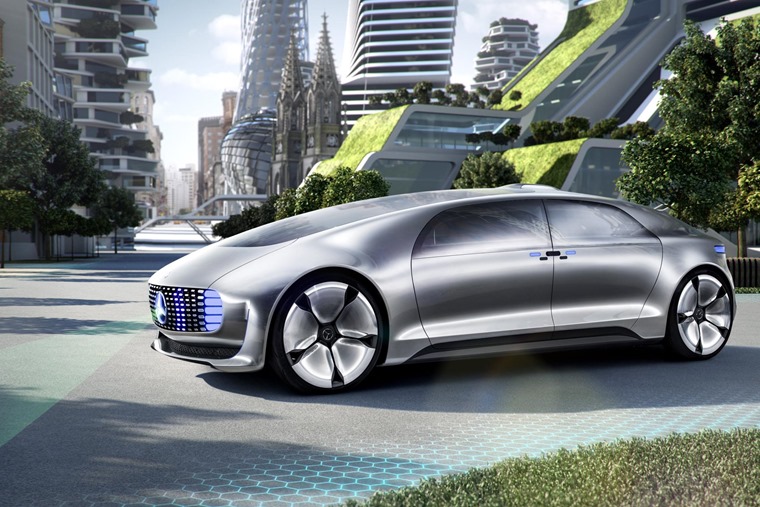
But some of the questions themselves are still being defined, so events such the Financial Times’ 'Future of the Car Summit', held recently in central London, are proving useful to all the industry’s stakeholders in helping to clarify the roles that changes such as electrification, connectivity and automation will play in the years to come.
Panel discussions on these subjects – plus a keynote speech on the state of the industry in Europe – proved thought-provoking for the attendees and pointed the way to many possible ways the industry could go.
Keynote: Keeping the automotive industry on the road
For the opening keynote of the event, Erik Jonnaert, secretary-general of the European Automobile Manufacturers’ Association (ACEA) spoke about the current state of the industry, and the social, regulatory and technological challenges facing it.
In terms of research and innovation, three pillars guide the industry’s approach: sustainable propulsion (the transport sector must reduce CO2 emissions 60% – compared to 1990 levels – by 2050), safe and integrated smart mobility, and affordability and competitiveness.
A focus on the consumer is central to future challenges, with the industry needing to address the diversity of consumer profiles. Increased consumer segmentation will also lead to portfolio diversification (so expect to see car companies launching more ‘niche’ models in the coming years like the Citroen C4 Cactus [pictured]).
However, the automotive industry requires support from government. For example, most European roads are 50 years old, so governments will need to spend money on updating road networks to incorporate smart technology (such as solar roads, induction charging for electric vehicles and vehicle-to-infrastructure technology) to maximise the impact of developments in the automotive industry.
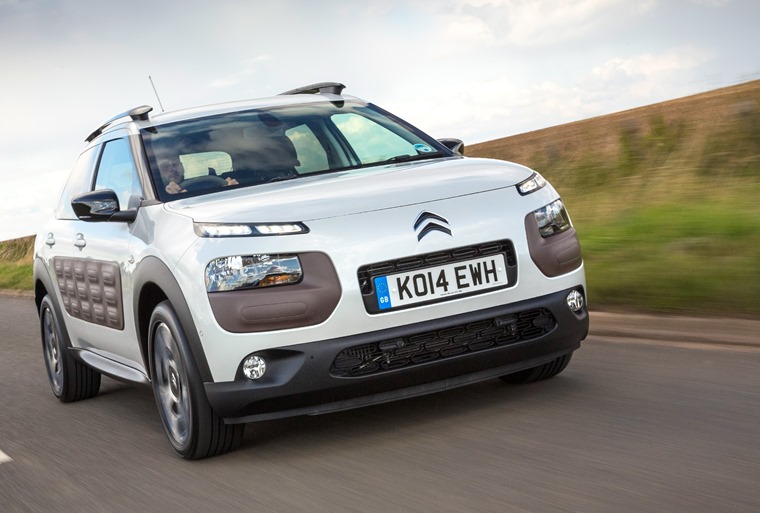
Find C4 Cactus leasing deals: business / personal
Panel: Supporting innovation and investment in the automotive industry
The technology currently being developed and introduced by carmakers is very similar. However, what differentiates them is the way that car companies use that technology to deliver their own customer experience.
Indeed, it was asserted that the customer isn’t interested in what type of engine – internal combustion, electric, hybrid, hydrogen fuel cell – is in their car: they just want it to work.
However, innovation does drive customer acceptance. In the same way that safety has gone from a regulatory requirement to becoming something that customers demand, it’s entirely possible that a demand for better efficiency and lower emissions (because of concerns over fuel prices and air quality) could follow suit.
Another important influence on the car industry, in general, is that millennial consumers are more interested in sharing, rather than owning – a model they have got used to with music consumption.
The uptake of electric vehicles (EVs) – which currently only accounts for 0.5% of the new car market in Europe – could be improved by the auto industry working more closely with the energy sector.
Panel: Understanding and responding to customer demand patterns in a new era
Consumers increasingly don’t want a car sitting outside their house that they only drive a few times a month. They also want more flexibility from their vehicles: when the weather is sunny, they want to drive a convertible; when moving home, they want access to a van.
At the same time, younger drivers want to drive EVs (like Kia’s electric Soul [below]) or more eco-friendly cars, but they don’t want to own them.
Paris is leading the way in the use of shared electric vehicles. Its scheme currently has around 5,000 EVs and the city could start replacing parking spaces with spaces dedicated to EVs.
Brands will also have to offer integrated mobility solutions, rather than just cars. And different solutions will also be required for customers who pay the bills themselves, as opposed to those for whom the bill is paid by the likes of an employer.
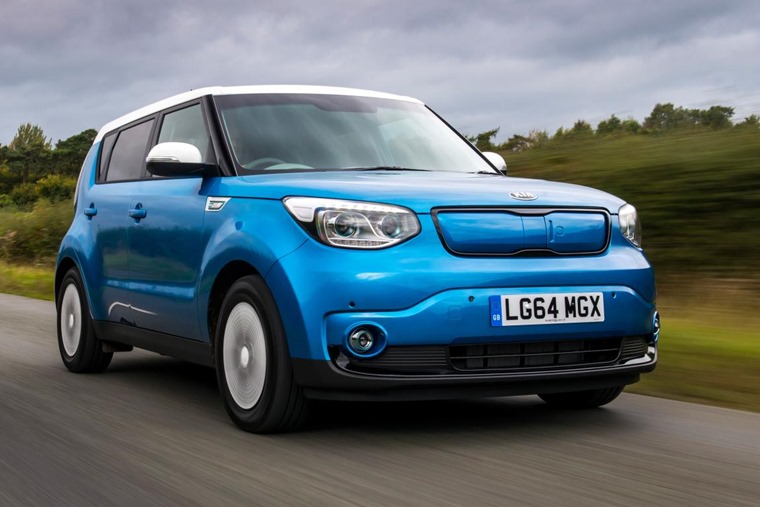
Lease a Kia Soul EV for your business from £267 a month
Panel: Developing and integrating new automotive powertrains
The introduction of electric vehicles has required carmakers to think in new ways about personal mobility.
Why, for example, should drivers have to interrupt their journeys to put energy into the car? Electric vehicles, on the other hand, can be charged wherever consumers go.
Hundreds of thousands of charging stations are required in the UK, especially as each EV needs 2.1 charging points: one at the owner’s/user’s home, one at their place of work and 0.1 at other locations such as shopping malls, entertainment venues, etc.
In future, charge points will, by necessity, be commercially-driven, in order to not only encourage expansion of the charging network, but also to drive revenue.
For example, the Walgreens drug store chain in the US has installed charge points in some of its locations and discovered that customers who use them stay in the store for longer and spend more money, which offsets the cost of the energy given away.
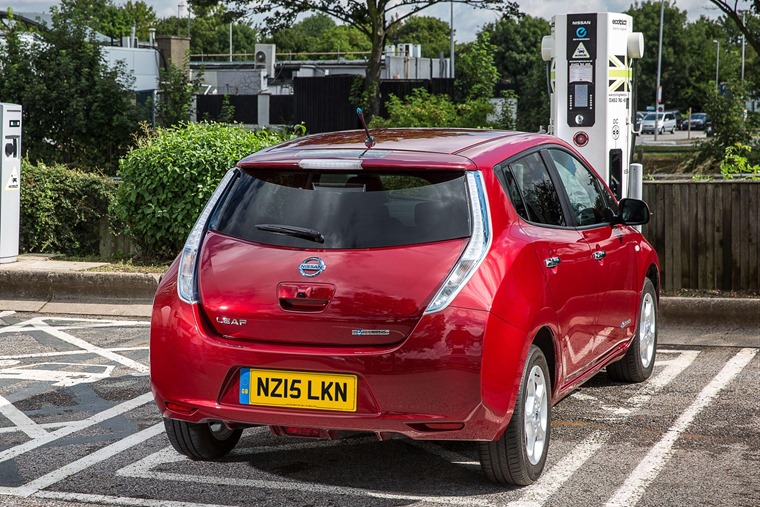
Search Nissan Leaf leasing deals: business / personal
Panel: Bringing connectivity to the masses
The product lifecycle of consumer electronic devices has had a disruptive effect on car manufacturers, but a new emphasis on connectivity is helping customers to add new functionality to their cars, post-purchase.
Many drivers are, however, currently unaware of what a connected car is and the implications of greater connectivity.
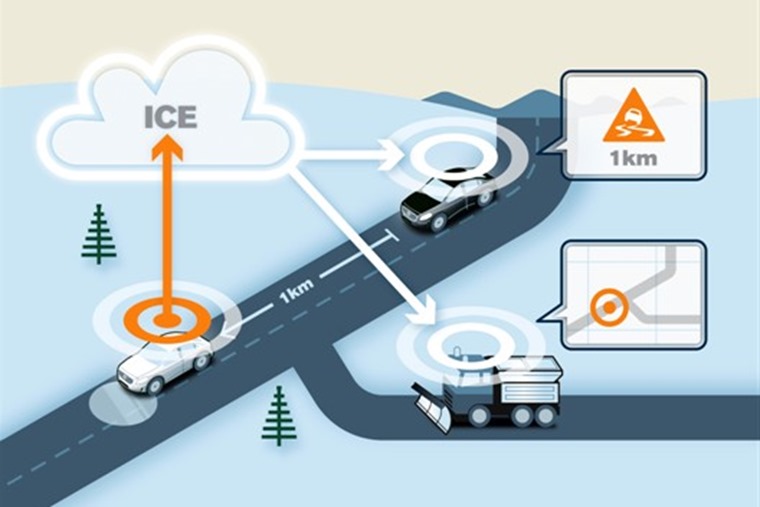
Connectivity will lead to revenue generation for carmakers in the coming years, but they must address data and security issues sooner rather than later.
Insurers operating policies based on telematics (black box) data currently don’t want a lot of the data generated by consumers’ vehicles. However, that data could be of use to carmakers, which their customers won’t mind them using if the features of the connected car offer value to them.
Much of the current data relates to location tracking and navigation: however, the next stage in the evolution of connectivity will move beyond this to offer voice activation technologies that can help minimise driver distraction, thereby enhancing safety.
Panel: Opportunities and challenges for vehicular automation
The technology for autonomous cars already exists and can realistically be used on highways, but the complexity of urban areas is beyond it at the moment.
Silicon Valley has changed the game: car manufacturers have taken a step-by-step approach, while Google has gone straight to building an autonomous car.
Ready or not, driverless cars are coming
What will be key to the next stage of development is image recognition technology, which will give vehicles the ability to recognise objects and adapt.
The major drivers of automation will therefore be safety – human error accounts for around 90% of collisions – and a desire for motorists to make more efficient use of their commuting and travelling time.
The transition period from driven cars to self-driving or autonomous cars will therefore be crucial, with questions of liability being central to the process.
When pressed, a number of panellists concurred that the first self-driving cars could be on sale and on public highways in five years.
And that's it, still no sign of those Jetson-esque hover cars but what's your take on the points made at the FT summit?
Stick your thoughts in the comments box below or tweet us @ContractHire.
